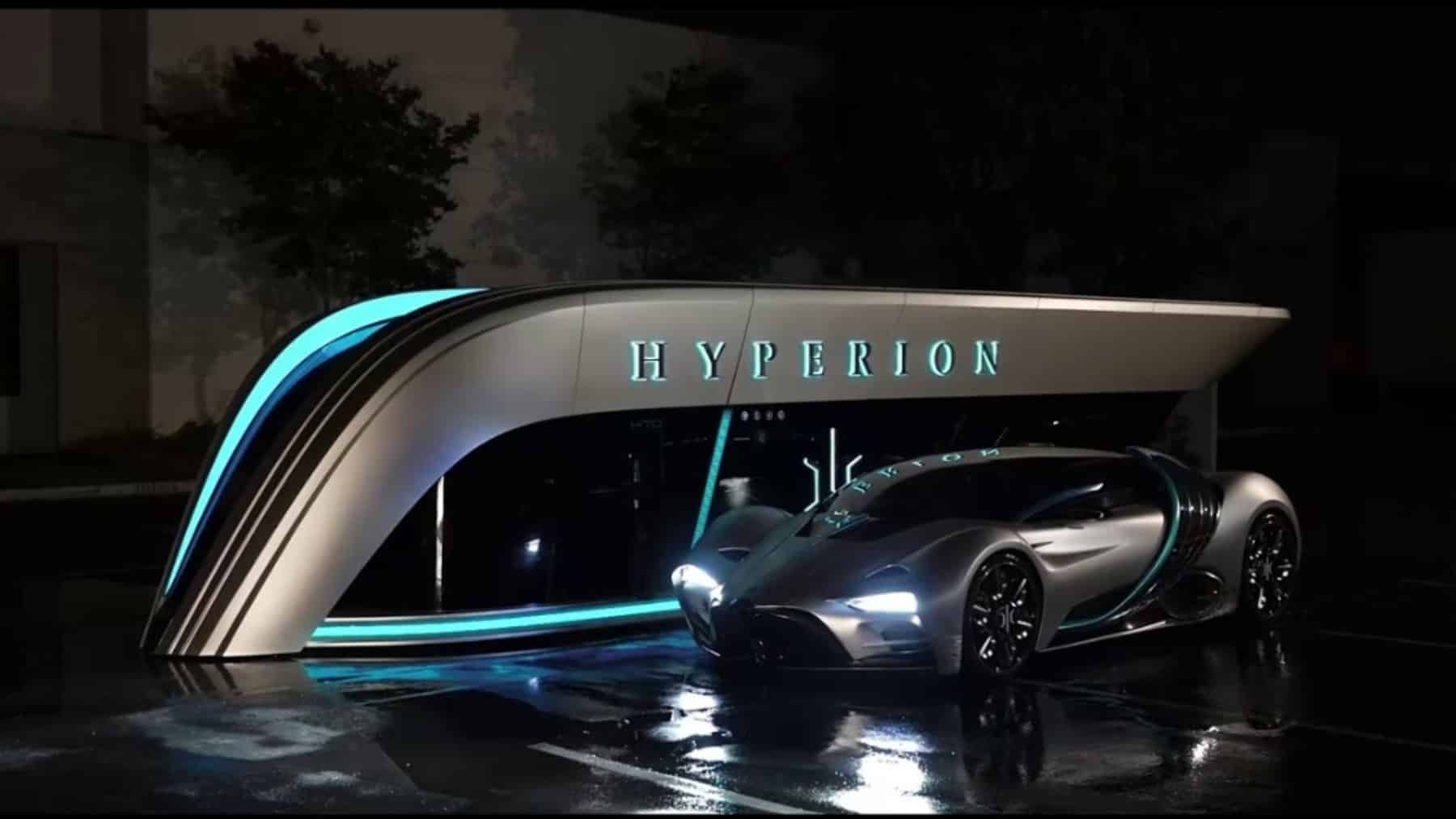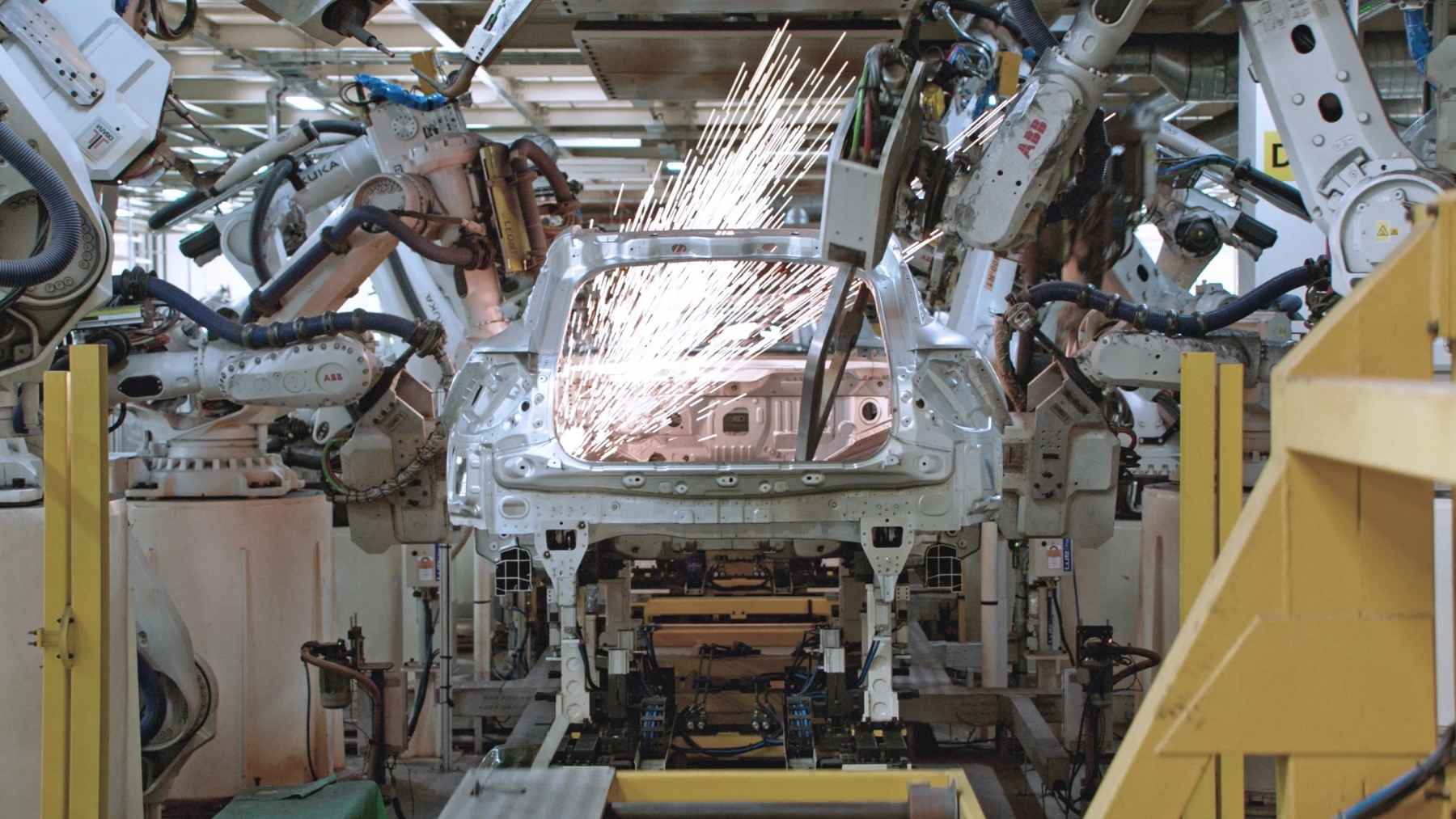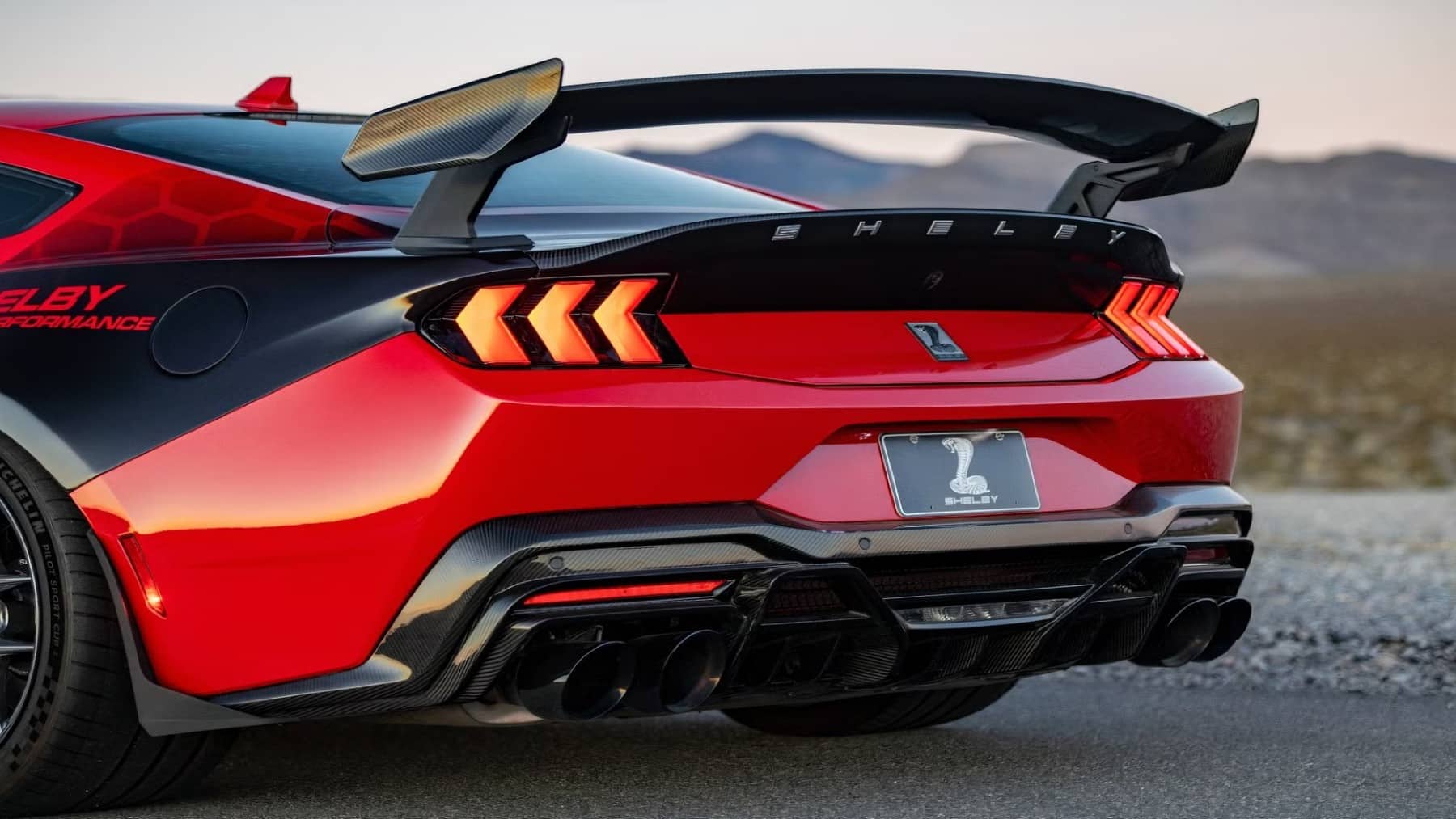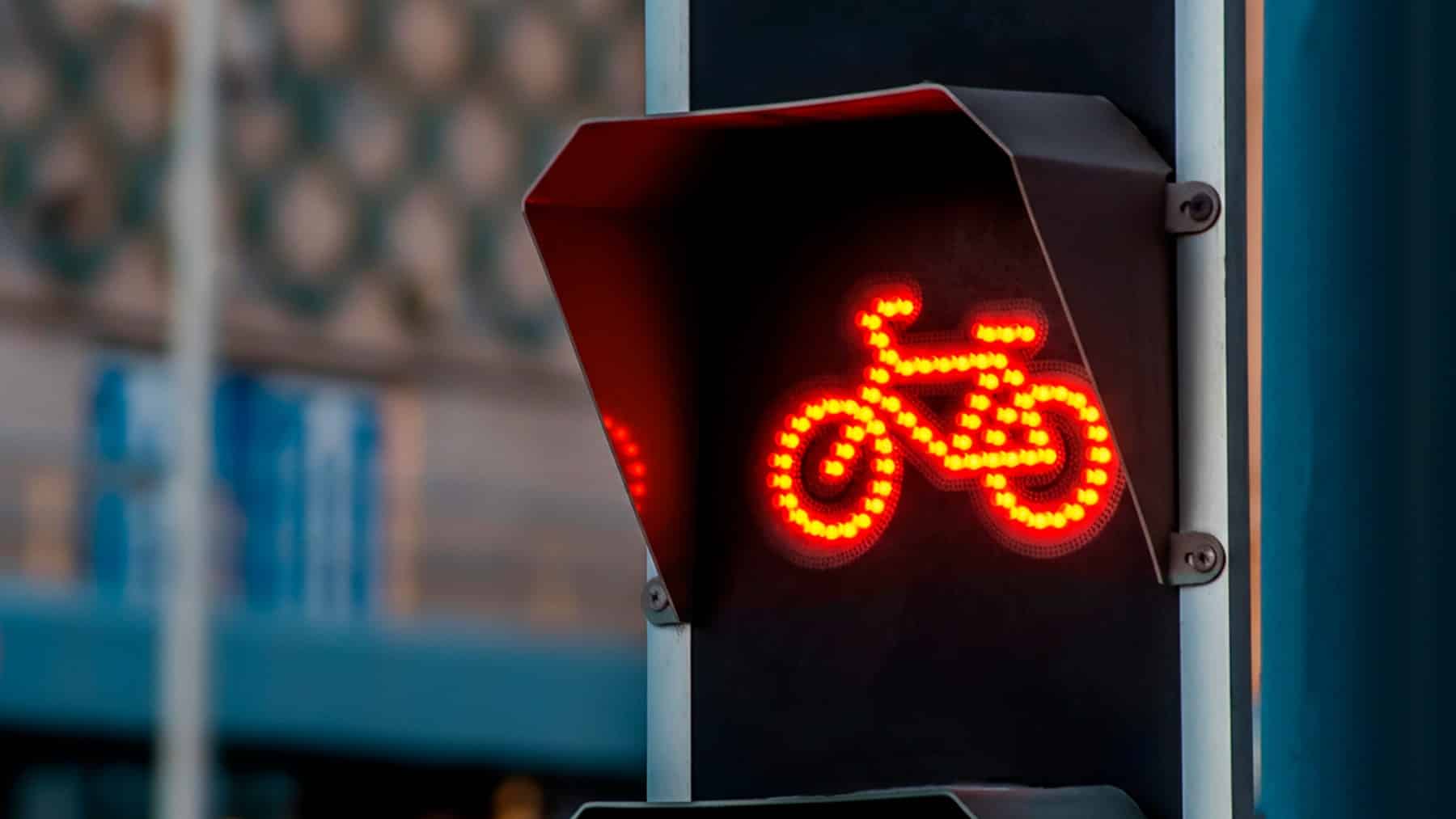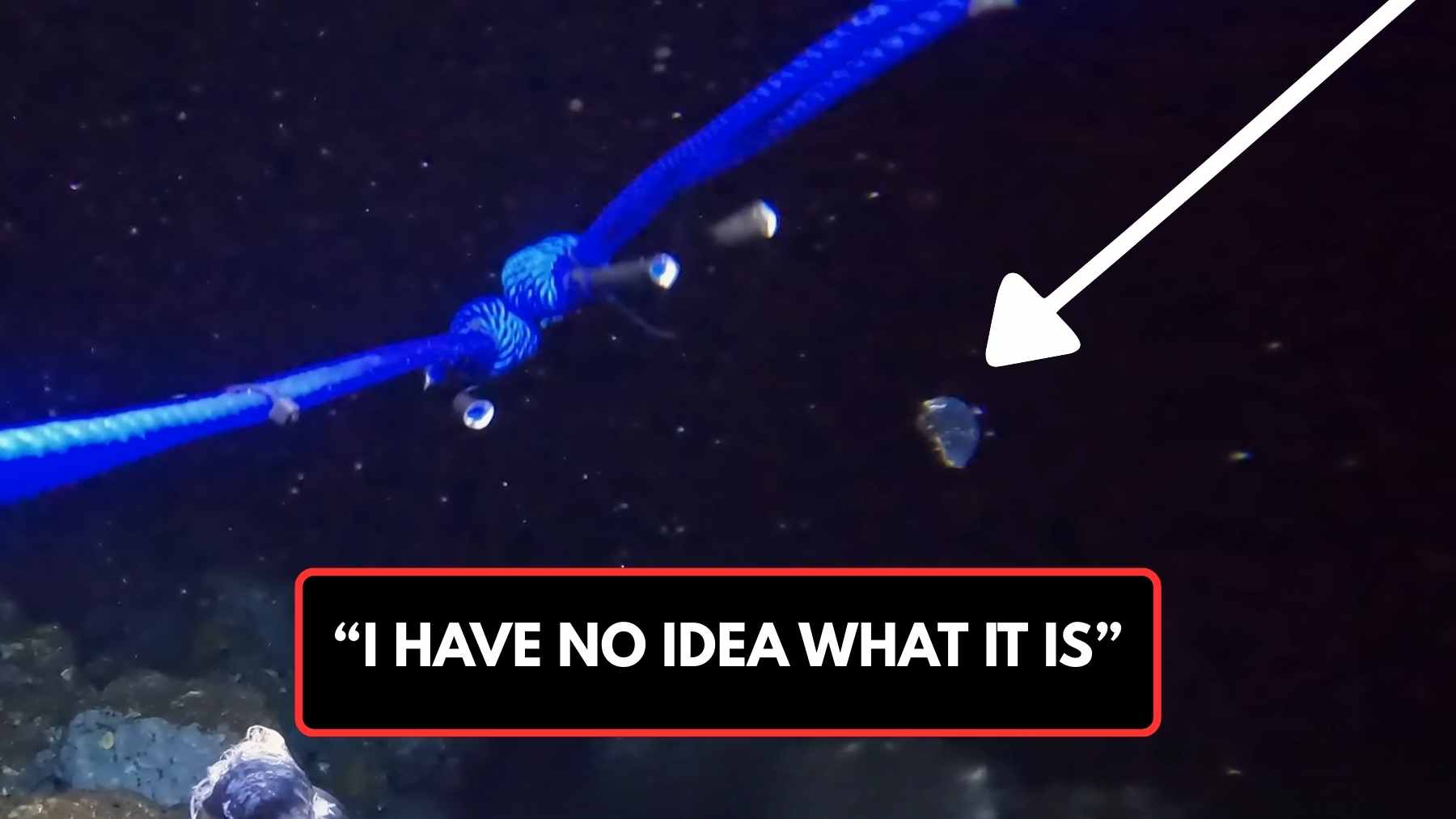With the focus moving away from the hydrogen dream, this hydrogen beast, also known as the Hyperion XP-1, is set to break the mile barrier. Wrapped in titanium, this car is said to boast 220 MPH (356 km/h) and an astonishing 1,000-mile (1,635 km) range. The Hyperion XP-1 invites the focus to fall back on hydrogen as the preferred fuel to achieve better performance. Starting at $2 million, the company behind the XP-1 is surely making a statement that hydrogen is the desired power that should be used for vehicles that wish to compete with some of the best of the best.
The hydrogen beast is demanding the spotlight
Along with being termed a hydrogen beast, Hyperion Motor’s XP-1 is also termed a hydrogen rocket. Despite the silence from Hyperion Motors since 2020, this prototype that made its appearance in 2025 and demanded the spotlight by driving 356 km/h (over 220 MPH) and accelerating from 0 to 100 km/h (0–62 MPH) in a mere 2,2 seconds. Showcasing horsepower of 2,038 derived from four electric motors, the XP-1 pushes combustion engine cars out of the spotlight.
Where the XP-1 gains the most attention is by shifting the focus to its chosen fuel. Driving away from the commonly relied upon lithium-ion batteries, the hydrogen fuel cells make the car somewhat of a supercar. Another attractive feat is that the car weighs about 1,032 kilograms, which makes it a far lighter vehicle, with the credit going solely to its carbon fiber body.
Where the XP-1 seems faster than EVs is during the hydrogen refueling process, which takes up to 5 minutes. With EV batteries taking up to an hour to charge, this surely does make this supercar seem like a demon of speed and efficiency.
Hydrogen-powered engines- not without setbacks
There’s a reason why Ferrari forgot its hydrogen dream, and it can be attributed to the fact that hydrogen infrastructure remains out of reach in the U.S. While California boasts 53 publicly available hydrogen stations, the rest of America does not see such a high number of places to refuel hydrogen tanks.
Driving the XP-1 over long distances may still be a dream too far from reach, and the possibility of reaching far distances on one hydrogen tank is not feasible. However, Hyperion’s CEO is not deterred in any way by these setbacks. In fact, Hyperion’s CEO, Angelo Kafantaris, mentioned that the company’s sole purpose was to capture the tale of hydrogen’s potential.
The question remains whether the XP-1 will become a mass-produced and sold vehicle or rather an incentive that pushes other car manufacturers to reconsider hydrogen as the fuel of choice? Although plans of production for over 300 XP-1 models were on the cards from 2020, Hyperion is still only open to pre-orders and has merely revealed prototypes thus far.
Miles lie ahead, but the XP-1 is already miles ahead
Reaching a range of 1,000 miles, this hydrogen-powered vehicle may cause some of the biggest automakers like Lamborghini to reconsider their engine dreams. The XP-1 may even pose as a huge competitor for some of the best EVs on the market whilst promoting a cleaner energy dream in the process. The XP-1’s engine bears testament that a hydrogen car can match racing speeds over a long distance.
Besides, the XP-1 is here to challenge any belief that hydrogen does not have a future in mobility. Alongside other hydrogen cars like the Toyota Mirai, hydrogen is proving to be within reach of most automakers who are striving to create supercars that are manufactured to perform well. Putting the core focus back on hydrogen, the XP-1 craves attention and shows that hydrogen has its place in the world of vehicles, too. The XP-1 proves that a greener fuel choice can be a more efficient fuel choice.
Disclaimer: Our coverage of events affecting companies is purely informative and descriptive. Under no circumstances does it seek to promote an opinion or create a trend, nor can it be taken as investment advice or a recommendation of any kind.
